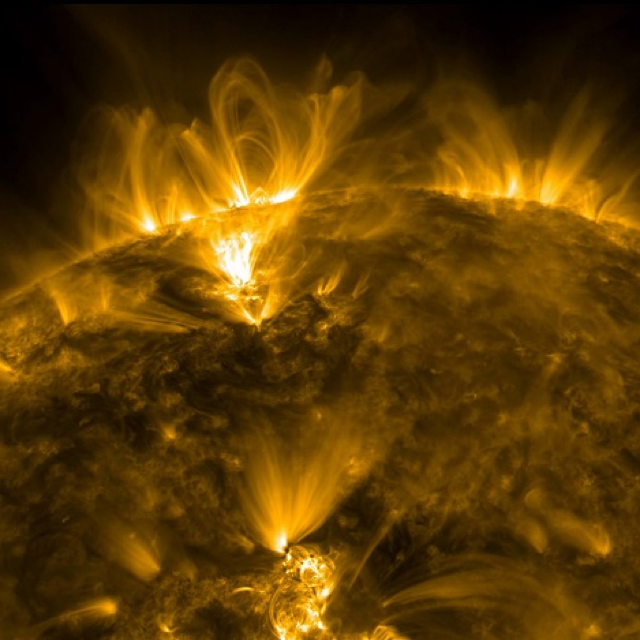Space and Planetary Physics seminar
Wednesday 2 May 2018, 2:00pm to 3:00pm
Venue
A07 PhysicsOpen to
Alumni, Applicants, Postgraduates, Prospective Undergraduate Students, Public, Staff, UndergraduatesRegistration
Registration not required - just turn upEvent Details
The MHD kink mode at Saturn and in the Solar Corona
Much has been made of the mystery of the magnetic and associated oscillations detected in the Saturn magnetosphere. Recent F-ring and Grand Finale Cassini orbits have revealed some startling aspects of the source current systems. Although the results are a surprise, all evidence still points to the signals being associated with angular momentum transfer from the atmosphere into the magnetosphere above. However, what is the root cause of what is a global signal and why do the signals have a very clear angular wavelength, m = 1, even when the planetary field is axisymmetric to a very high degree? With the use of simple axisymmetric analogues, a fairly general energy argument can be derived to explain the dominance of kink modes (m = 1) over simple twisted field (m = 0). In turn, there are instances where both modes can be excited. This might explain the long known apparently close to corotation flows seen at very high latitudes (e.g. Stallard et al. 2007). Transmission of rotation from the photosphere to the corona along flux tubes will also usually prefer the kink structure and this has been observed (Van Doorsselaere et al. 2008) . Some simple implications will be described.T. Stallard et al., Saturn’s auroral/polar H+ infrared emission I. General morphology and ion velocity structure, Icarus 189 (2007) 1–13.T. Van Doorsselaere, Nakariakov, V.M., & Verwichte, E. (2008), Detection of waves in the solar corona: kink or Alfvén?, Ap. J. 676, L73-L75.
Speaker
David Southwood
Imperial College
Gallery
Contact Details
| Name | Maria Walach |


